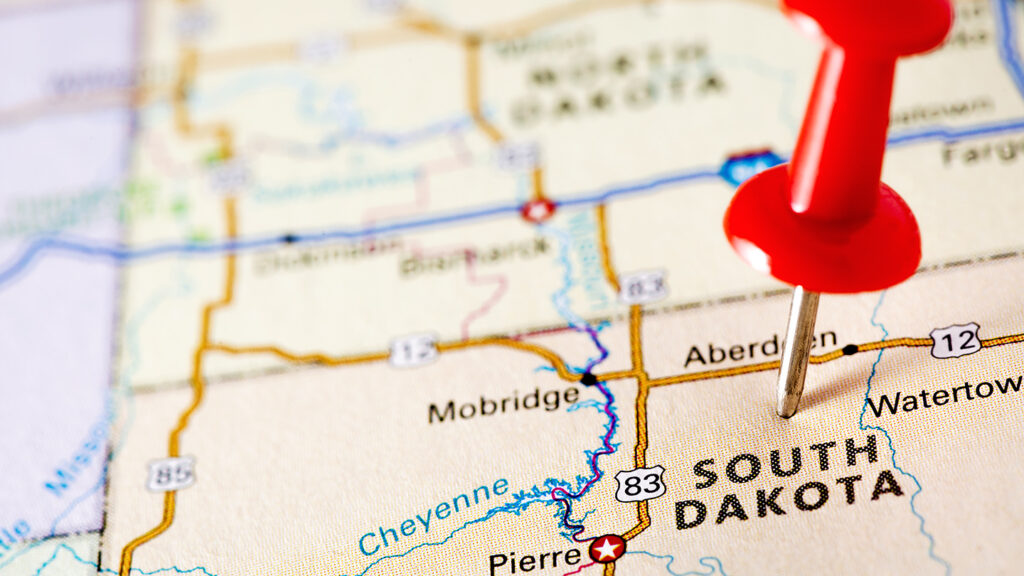
The pandemic helped demonstrate the importance of telehealth access to older adults, and even years removed from COVID-19’s US rampage, states with pandemic-era relief funds are planning to use this surplus to make sure telehealth access is a permanent feature of the senior living and care landscape.
The continued need for telehealth options is particularly important for older adults living in rural areas. That reality may explain, in part, why South Dakota is working on legislation that would grant $5 million to assisted living communities and nursing facilities in the state to implement telehealth and telemedicine technology.
The bill, SB 209, was filed in the South Dakota Senate last week.
The Dakotas have been leaders in rural senior technology access; a “Future of Rural Health Care” summit has been held the past two years in Sioux Falls, SD. In addition, some major telehealth providers, such as Avera, are based in this region.
At the national level, Sen. John Thune (R-SD) is one of the four co-sponsors of a telehealth expansion bill that was reintroduced late last month that would remove restrictions for Medicare recipients to allow them to get telehealth appointments.
Telehealth access for rural senior living communities and nursing homes often is impeded by the dual need for reliable internet access. In addition, rural long-term care operators, much like the nation overall, are experiencing short-staffing issues. As a result, they often are being shut out of patient referrals, according to the recent McKnight’s Long-Term Care News investigatory series about nursing homes, “Rural Peril.”
At the “Future of Rural Health Summit” in fall, many panelists and healthcare experts expressed optimism that legislation and other initiatives were under way to provide necessary levels of telehealth access and wireless capability to rural and underserved areas. At the same time, summit attendees cautioned that, overall, technology was not a “silver bullet” that would solve all rural healthcare problems, the McKnight’s Tech Daily reported.


